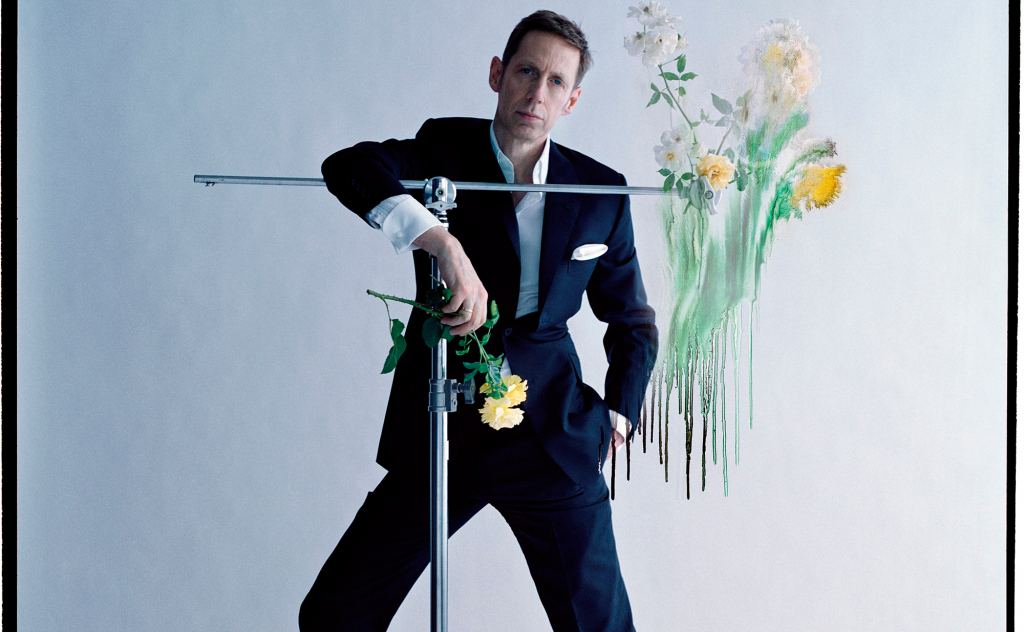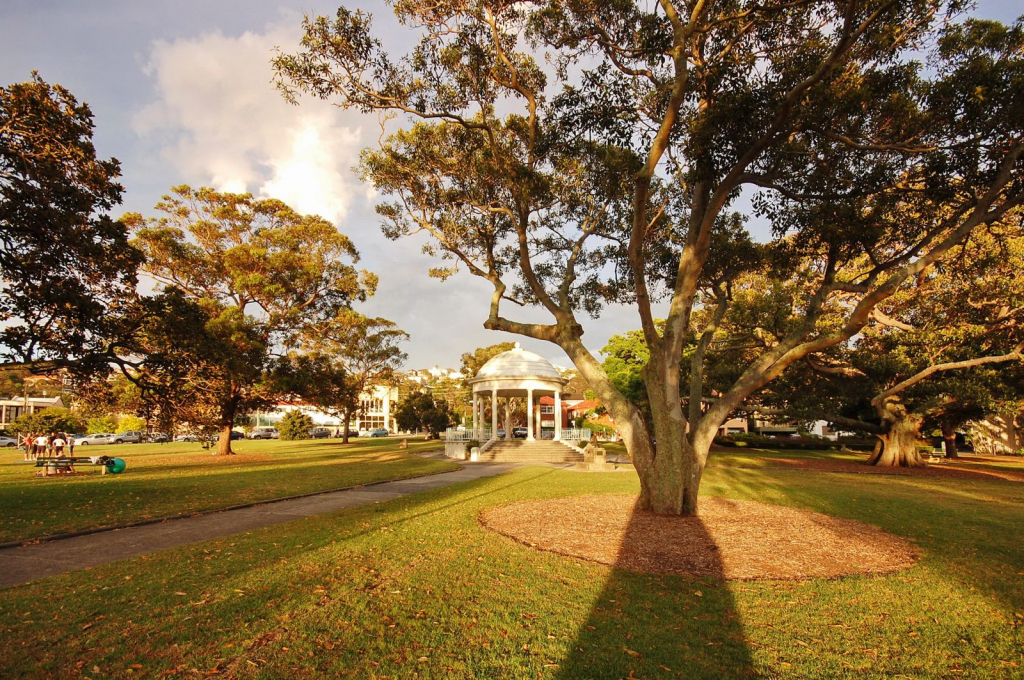CAMERA DIAPHRAGM AND DOF WITH SIMPLE LANGUAGE
 Anyone who is not too lazy and read the instructions for the camera may not read further. But for those who are too lazy to do this – perhaps there will be a cognitive “explanation on the fingers”.
Anyone who is not too lazy and read the instructions for the camera may not read further. But for those who are too lazy to do this – perhaps there will be a cognitive “explanation on the fingers”.
In any camera, such a thing as an aperture is provided. Jargon photographers also call it a hole or relative hole. The diaphragm is a certain mechanism, which is most often located in the lens and may have the property of narrowing and expanding. what is aperture scale
When this hole narrows, less light enters the camera sensor. Thus, it is possible to adjust – if there is a lot of light, then due to the narrowing of the diaphragm, its amount is reduced, and the frame is exposed normally. The opposite effect is also true – the larger the relative aperture, the more light will fall on the camera’s sensor and, accordingly, can be shot in fairly dark conditions.
But this is not the only useful property of the diaphragm. The diaphragm affects the final result quite strongly – the photo.
what is the size of the aperture
Aperture can be influenced in two ways. Firstly, by influencing the depth of field, and secondly, by drawing bokeh. Since the article is intended for amateurs, of course, below we will definitely explain the meaning of these words, but for now we will make a small remark about aperture numbers – that is, about aperture designations.
The aperture is not measured in any units, that is, it is not a millimeter and not a second. This is just a number! And the larger the number, the smaller the hole.
The example below shows how the exposure of the image changes depending on the size of the aperture.
how aperture affects exposure
ACCEPTED BY DIAFRAGMU TO LET THE LETTER “F”
Another important fact about the aperture that you need to know is the relative value, it does not depend on the type of camera you are using. That is, if you measured (for example, with a flash meter) that, with other things being equal, the aperture should be 5.6, then this parameter will be true both for a compact soap dish and for a medium-format camera.
The effect of the diaphragm on the depth of field
The depth of field is deciphered as the depth of the sharply depicted space, or else simply – the depth of field. If you take a picture of an object and sharpen it, then how sharp and far how sharp the space behind this object will be is primarily dependent on the aperture. This is best illustrated by an example. Here, the cakes are shot with different shutter speeds and apertures.
what is flu
The pictures show how much more or less the extreme cakes are blurred, depending on how the diaphragm was opened. Depth of field can be calculated with the help of simple formulas that are on the Internet, but in reality it is very rare to specifically calculate the depth of field, they often use the accumulated experience.
In addition to the aperture, the focal length of the lens also affects the depth of field. In this article we will not go into the physics of the process, we recommend just remembering: the larger the focal length of the lens used, the more the background will be blurred. That is, the telephoto will blur the background better than the width.
how the same aperture looks on different lenses
For example, in the photographs above, the model was shot with the same aperture on lenses with different focal lengths.
Aperture effect on the bokeh
First of all, let’s decide what is bokeh? Bokeh is blur, fuzziness. Most often, the name refers to a blurry background in a photograph. We have already mentioned that the diaphragm is precisely responsible for the blurriness of the background, so what else can I talk about? The fact is that along with optics, the shape of the diaphragm – the number of petals and so on – affects the bokeh pattern.
aperture shapes
what are the apertures in shape
what is the size of the aperture
Modern manufacturers are trying to make the shape of the opening of the diaphragm as round as possible. But you can still see photos where the shape of the diaphragm appears in bokeh.
what is bokeh
The shape of the diaphragm is most clearly visible if bright dots are present in the background. For example, luminous bulbs. Now you can often find pictures in which the bokeh is artificially shaped into a special shape. How to do this, we wrote in the article http://fotogora.ru/?page_id=1881
Conclusion
We tried very hard not to overload the information in terms. We will be glad if, after reading you, finally, you get the instructions and read it. You will become much more clear. It is important for photographers to know and understand substances such as aperture, shutter speed and ISO. These are the tools that every photographer needs and everyone should definitely try to shoot at the maximum open aperture and the maximum closed to understand the limits of the capabilities of their camera.




